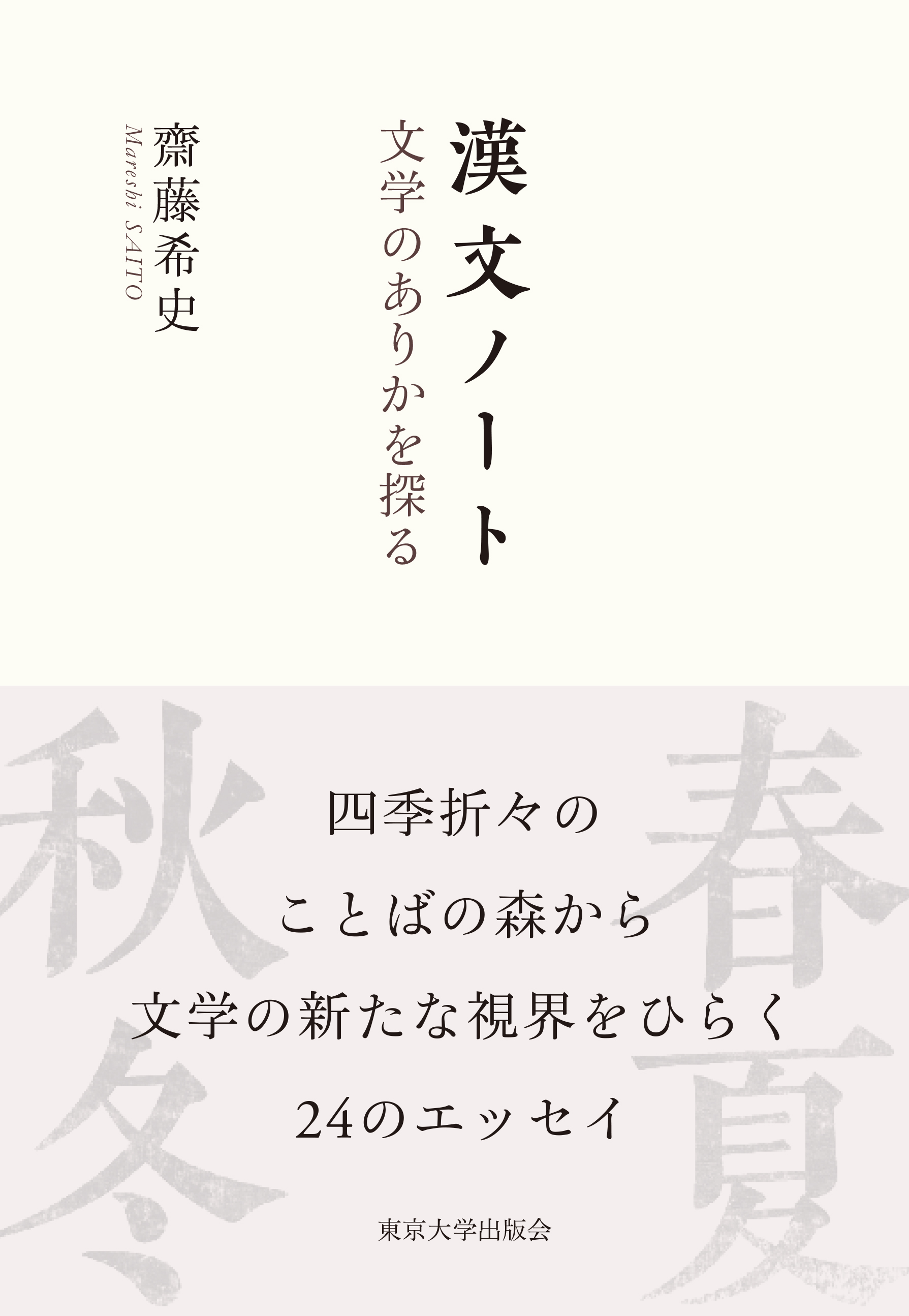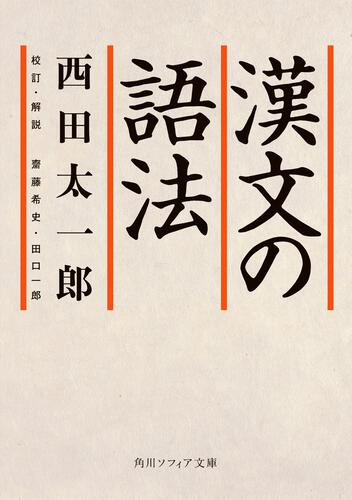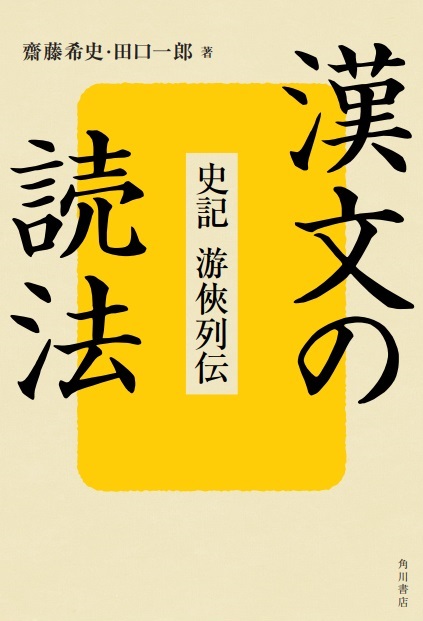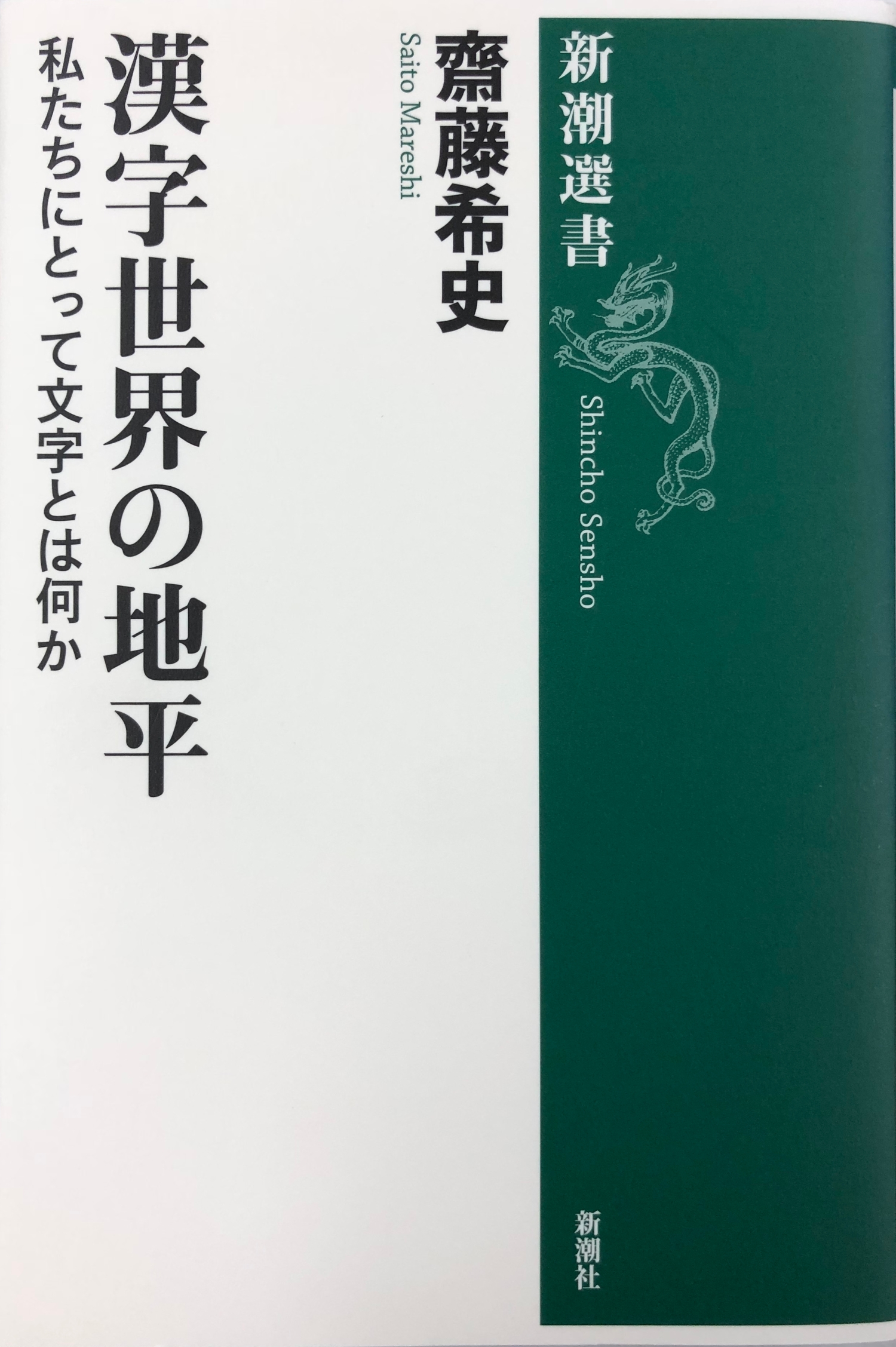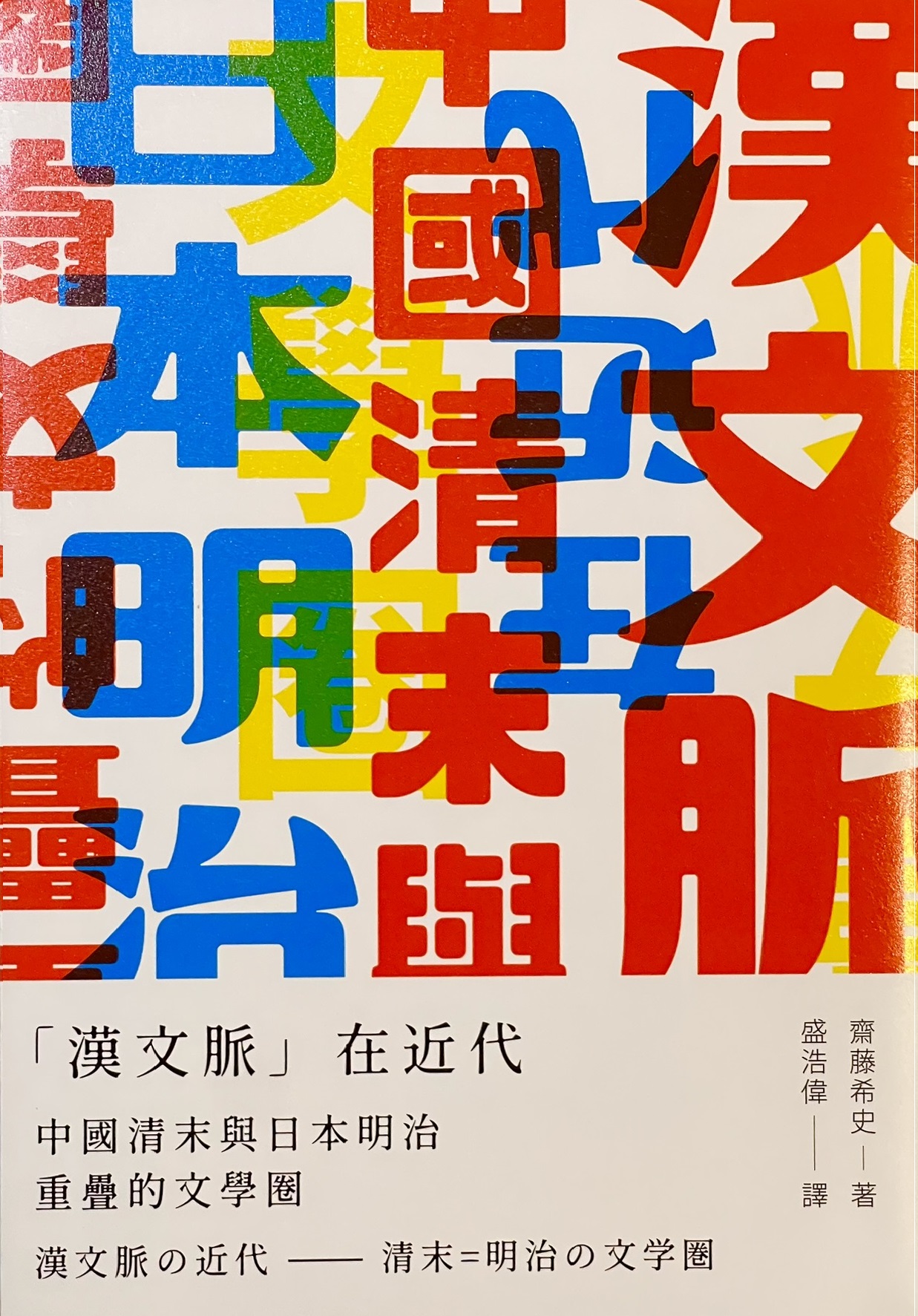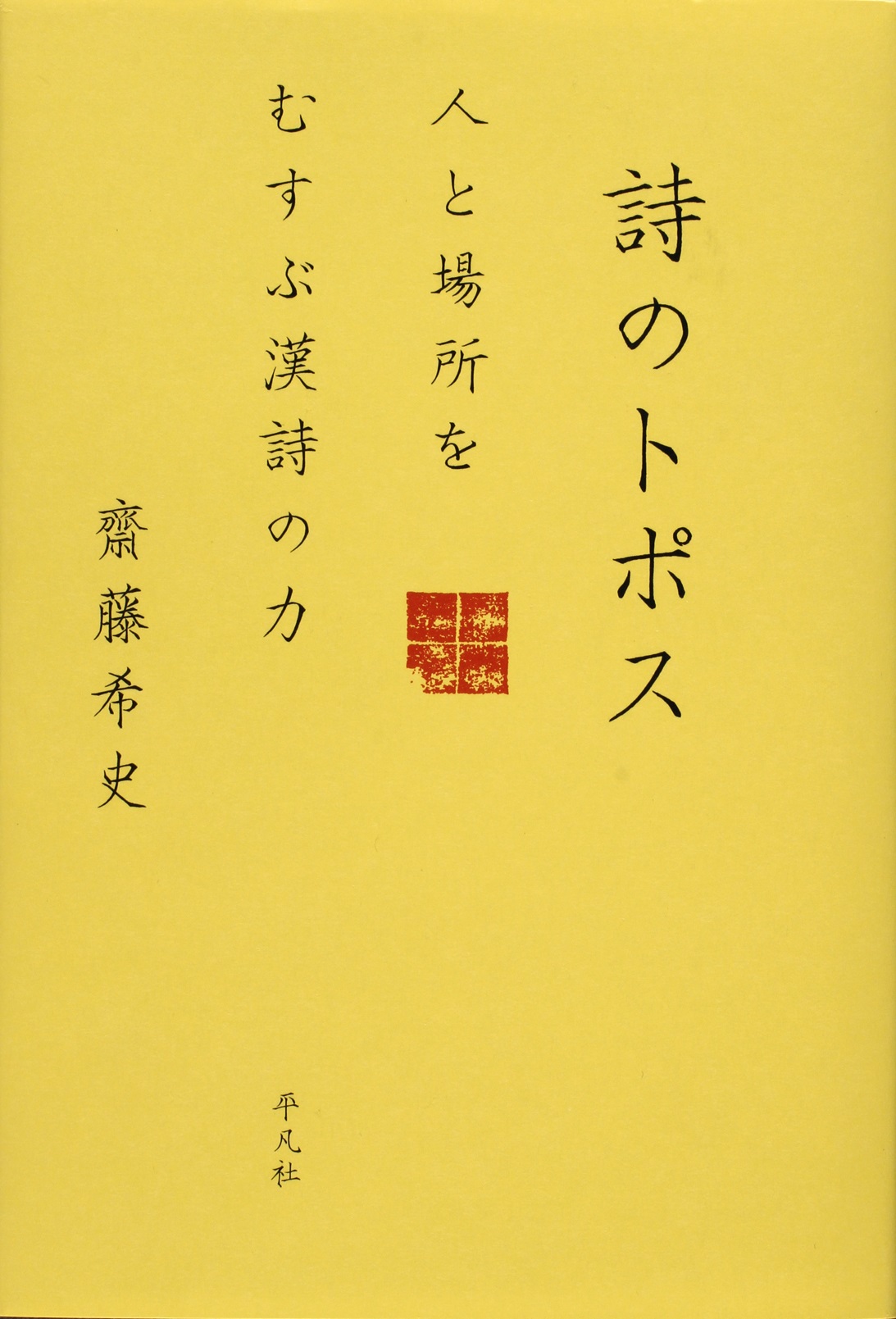
Title
Shi no Topos (The Topos of Poetry: The Power of Poetry in Classical Chinese to Connect People and Places)
Size
288 pages, 127x188mm
Language
Japanese
Released
May, 2016
ISBN
9784582837278
Published by
Heibonsha
Book Info
See Book Availability at Library
The word “topos” in the title has two meanings. It is defined in the book’s Afterword as “a certain place with particular contours” and “an accumulation of words used in a fixed form.” Its origin is Greek, and the word “topic” derives from the latter meaning. The two meanings of the word are typically used in different contexts, but the two meanings overlap in poetry. This book demonstrates the reality that “topos is an overlay of word and place.”
As suggested by the book’s subtitle, “The Power of Poetry in Classical Chinese to Connect People and Places,” this book discusses poetry written in classical Chinese from China and from Japan. Regarding place, the book begins in Luoyang, passes through West Lake and Liangzhou, and reaches its destination in Edo and Chang’an. However, this is not a literary sightseeing tour from one well-known poem to the next. Instead, it is an examination of the emergence of particular poems in particular places, their functions for connecting people’s lives to their places, how the mediating force of poetry continues to be a symbol of place and produce new poetry, how language overlays place, and how people find places for themselves in the midst of this.
The Afterword states, “People cannot spend their lives floating in the sky. Whether staying long term or just traveling through, people must locate in a particular place, a certain somewhere. Their lives are shaped by the sensations, experiences, and memories they derive from being there. Poets describe all this in their work. Poetry and life are not the same, and poetry has its own logic. Perhaps we could say that, rather than a manifestation of life, poetry is a thing that seeks to find form in the life surrendered to it.”
In this sense, poetry might be similar to creating a space for temporary residence that is not as impressive as a building. Convenient branches, rocks, and grass are used to create boundaries that delineate a place to stay. The place might have a grand vista, but if the view is obscured on all sides, that is not a problem. It might be nothing more than rocks arranged on the ground. A person creates a space and stays there for a while, like in a little garden.
Reading poetry is fun to do. Poems that use Chinese characters, meaning poems written in classical Chinese, employed the special characteristics of Chinese characters and are linked to the intellectual worlds of the poets who used them, so various commentaries are necessary. However, when a reader has adapted, even commentary is interesting. It is similar to visiting little gardens or rooms because, when you have found a place that you like, you want to return.
A last note concerns small details: In Japan, books of poetry written in classical Chinese generally present the original texts at the tops of the pages with the Japanese translations below them, and readers unfortunately tend to read only the Japanese, which is disappointing because poetry written in classical Chinese is about the Chinese characters. The poetry was intended to be in that form. Understanding that nuance, this book first presents the original poems, and, then, it separately provides the Japanese translations. Further, an index at the end of the book allows readers to skip through the book from one favorite poem to another. I hope that readers will taste the pleasure of poetry when reading this book.
(Written by Mareshi Saito, Professor, Graduate School of Humanities and Sociology / 2018)



 Find a book
Find a book


